Home>Articles>How To Keep An Electrical Cord From Coming Out Of The Outlet
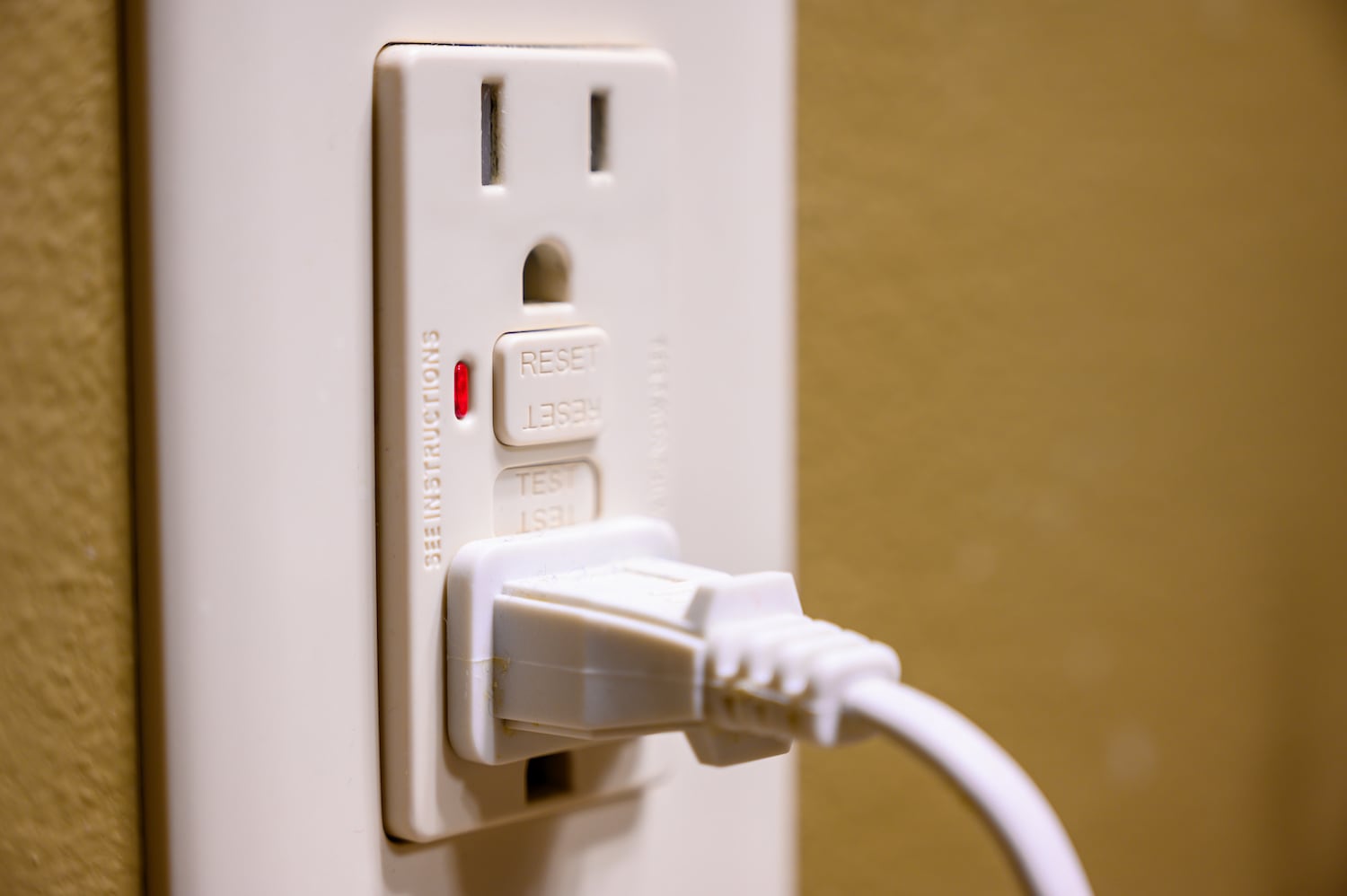

Articles
How To Keep An Electrical Cord From Coming Out Of The Outlet
Modified: August 27, 2024
Learn effective techniques for keeping electrical cords securely in place and preventing them from coming out of outlets with these informative articles.
(Many of the links in this article redirect to a specific reviewed product. Your purchase of these products through affiliate links helps to generate commission for Storables.com, at no extra cost. Learn more)
Introduction
An electrical cord coming out of an outlet can be a frustrating and potentially dangerous issue. Whether it’s due to a loose connection, a worn-out outlet, or accidental tugs, a cord that constantly slips out can disrupt your daily activities and pose safety risks. Fortunately, there are several practical solutions to keep your electrical cord securely in place.
In this article, we will explore various methods to prevent an electrical cord from coming out of the outlet. From simple DIY solutions to more advanced options, you’ll find the right approach to suit your needs. So, let’s dive in and find out how to address this common problem.
Key Takeaways:
- Secure your electrical cords with methods like using electrical tape, outlet plugs, cord clips, and twist ties. Choose the right solution based on your needs for a reliable and safe connection.
- Consider replacing the outlet for a long-term fix if other methods don’t work. Prioritize safety and consult a professional if needed.
Method 1: Use Electrical Tape
One of the simplest and most cost-effective ways to prevent an electrical cord from coming out of the outlet is to use electrical tape. This method works best for cords that are regularly plugged and unplugged, such as those used for mobile devices or small appliances.
To use this method, follow these steps:
- Cut a sufficient length of electrical tape, typically around 4-6 inches.
- Hold the cord firmly against the outlet and wrap the tape tightly around the cord and outlet junction, ensuring that it covers the plug and a portion of the outlet.
- Smooth out any wrinkles or air bubbles to ensure a secure bond.
- Repeat the process on the other side of the cord, wrapping the tape around the junction between the cord and the device.
The electrical tape provides a strong grip and helps to hold the cord firmly in place, preventing it from slipping out of the outlet. However, it’s important to note that this method is temporary and may need to be periodically replaced, especially if the tape starts to lose its adhesiveness.
Additionally, it’s important to use proper caution when using electrical tape. Make sure the tape is applied securely and does not obstruct access to the outlet or interfere with the cord’s flexibility. Always ensure that the tape is used in a safe and responsible manner.
Method 2: Utilize an Outlet Plug
If you’re looking for a more permanent solution to keep an electrical cord from coming out of the outlet, utilizing an outlet plug is a great option. Outlet plugs are specifically designed to secure cords in place and prevent them from accidentally slipping out.
Here’s how you can use an outlet plug:
- Choose an outlet plug that fits the type of outlet you have. There are different types of outlet plugs available, including ones with a built-in clamp, snap-on designs, or adjustable plugs.
- Make sure the outlet plug is compatible with the size and shape of your cord. Some outlet plugs are designed to accommodate multiple cords or thicker cords.
- Carefully insert the plug into the outlet, ensuring that it securely holds the cord in place.
An outlet plug provides a sturdy and reliable grip on the cord, keeping it firmly connected to the outlet. This is particularly useful if you have cords that are frequently plugged and unplugged, such as those used for lamps, computers, or entertainment systems.
Outlet plugs come in various sizes and designs, allowing you to choose the one that best fits your needs and preferences. They can be found at hardware stores, home improvement centers, or online retailers. Ensure that you follow the manufacturer’s instructions for proper installation and usage.
Using an outlet plug not only prevents the cord from coming out of the outlet but also adds an extra layer of safety by reducing the risk of accidental disconnections and potential electrical hazards.
Method 3: Install a Cord Clip
Another effective method to keep an electrical cord from coming out of the outlet is by installing a cord clip. Cord clips are designed to hold the cord securely in place, preventing any accidental disconnections.
Follow these steps to install a cord clip:
- Select a suitable cord clip that matches the size of your cord and the type of outlet. Cord clips come in various sizes and designs, including adhesive clips, screw-on clips, and snap-on clips.
- Identify the desired location on the wall or baseboard, near the outlet, where you want to install the cord clip. Ensure that it is easily accessible and doesn’t block any pathways.
- If using an adhesive cord clip, clean the surface and allow it to fully dry before applying the clip. Remove the adhesive backing and firmly press the clip onto the surface.
- If using a screw-on or snap-on cord clip, align the clip with the desired location and use screws or snaps provided to secure it in place.
- Insert the cord into the clip, making sure it fits securely. Adjust the position of the cord clip if necessary to achieve a snug fit.
A properly installed cord clip will hold the electrical cord firmly against the wall or baseboard, preventing it from accidentally pulling out of the outlet. This method is particularly useful for cords that are connected to stationary devices or appliances, such as televisions, computers, or kitchen appliances.
Cord clips are readily available at hardware stores, electrical supply stores, or online retailers. They come in a variety of styles and materials, allowing you to select the one that matches your aesthetic preference and functional needs.
By installing a cord clip, you not only keep your electrical cord securely in place but also maintain a neat and organized appearance, free from tangled cords and potential tripping hazards.
Method 4: Use a Cord Protector
To further safeguard your electrical cord and prevent it from coming out of the outlet, consider using a cord protector. A cord protector is a durable sleeve or cover that encases the cord, providing both protection and stability.
Follow these steps to use a cord protector:
- Select a cord protector that is suitable for the size and type of cord you are using. Cord protectors come in various lengths and widths, designed to accommodate different cord sizes.
- Uncoil the cord protector and lay it flat on a clean surface. If necessary, trim it to the desired length to fit your cord.
- Insert the cord into the opening of the cord protector and carefully slide it along the length of the cord. Ensure that the cord protector covers the part of the cord that connects to the outlet.
- Smooth out any wrinkles or folds in the cord protector, making sure it fits snugly around the cord.
A cord protector not only helps to keep the cord securely connected to the outlet but also shields it from potential damage, such as abrasions, cuts, or fraying. It provides an added layer of insulation and safety.
Cord protectors are available in different materials, such as rubber or plastic, and can be found at hardware stores, electronics retailers, or online. Choose a cord protector that matches your aesthetic preference and offers the desired level of protection.
Using a cord protector not only prevents the cord from accidentally slipping out of the outlet but also prolongs the lifespan of the cord by reducing strain and wear. It is particularly beneficial for cords that are subject to frequent movement or bending, such as extension cords or cords for portable devices.
By utilizing a cord protector, you can enhance the stability and safety of your electrical cord, ensuring a reliable and secure connection to the outlet.
Use a cord retention device, such as a cord lock or cord grip, to secure the electrical cord in the outlet and prevent it from coming loose. These devices can be easily installed and provide a secure connection.
Read more: How To Keep Extension Cord From Tangling
Method 5: Create a Loop with the Cord
A simple yet effective way to keep an electrical cord from coming out of the outlet is to create a loop with the cord. By strategically forming a loop near the outlet, you can add tension to the cord, preventing it from accidentally disconnecting.
Follow these steps to create a loop with the cord:
- Unplug the cord from the outlet.
- Hold the cord near the plug end and create a loop by bending the cord back towards the plug, forming a U shape.
- Place the loop over the desired location, such as a hook, nail, or cord organizer, near the outlet.
- Gently tug on the cord to tighten the loop and create tension.
Creating a loop with the cord ensures that there is constant tension pulling the cord towards the outlet, reducing the likelihood of accidental disconnections. It is an easy and cost-effective method that works well for cords that are frequently plugged and unplugged.
This technique is particularly useful for cords that are used with devices or appliances that require a stationary connection, such as lamps, gaming consoles, or audio systems. It helps to keep the cord in place and prevents it from slipping out of the outlet due to accidental tugs or movements.
Additionally, creating a loop with the cord helps to minimize clutter and keep the cord organized. It prevents the cord from hanging loosely or getting tangled with other nearby cords, contributing to a neat and visually appealing environment.
Remember to adjust the size of the loop as needed to achieve the optimal tension and ensure a secure connection. Regularly check the loop to ensure it remains intact and make any necessary adjustments.
By creating a loop with the cord, you can maintain a stable and secure connection to the outlet while minimizing the chances of accidental disconnections.
Method 6: Use a Twist Tie or Velcro Strap
If you’re searching for a quick and convenient way to keep an electrical cord from coming out of the outlet, using a twist tie or Velcro strap can be a handy solution. These simple and versatile tools provide a secure and adjustable method to hold the cord in place.
Here’s how you can use a twist tie or Velcro strap:
- Unplug the cord from the outlet.
- Gather the excess length of the cord and neatly coil it together.
- Secure the coiled cord by wrapping a twist tie around it, starting at the base and twisting it tightly to ensure a snug fit.
- Alternatively, you can use a Velcro strap by wrapping it around the coiled cord and fastening it securely. Velcro straps are adjustable and reusable, making them a convenient option.
- Position the secured cord near the outlet, ensuring that it is not too tight or too loose. The goal is to have enough tension to keep the cord in place without causing strain.
Using a twist tie or Velcro strap allows you to easily adjust the tightness of the cord, preventing it from accidentally pulling out of the outlet. This method is particularly useful for cords that are connected to portable devices, such as chargers, headphones, or small appliances.
These economical tools can be found at hardware stores, home improvement centers, or online retailers. Twist ties are often available in packages or can be saved from packaged products, while Velcro straps can be purchased in various lengths and colors to suit your needs.
Using a twist tie or Velcro strap not only keeps the cord securely connected but also helps to keep it organized and free from tangles. It provides a simple and effective solution to maintain a reliable connection to the outlet while keeping your space neat and clutter-free.
Remember to regularly check the twist tie or Velcro strap for any signs of wear or loosening. Replace them as needed to ensure a secure and stable connection.
By utilizing a twist tie or Velcro strap, you can easily and conveniently secure your electrical cord, preventing it from coming out of the outlet and maintaining a reliable and hassle-free connection.
Method 7: Replace the Outlet
If you’ve tried various methods to keep your electrical cord from coming out of the outlet without success, it may be time to consider replacing the outlet itself. This option is more involved and may require some electrical knowledge or assistance from a professional, but it can provide a long-term solution to the problem.
Here’s what you need to consider when replacing the outlet:
- Turn off the power: Before beginning any electrical work, it is crucial to turn off the power supply to the outlet. Locate the circuit breaker for that particular area of your home and switch it off.
- Remove the existing outlet: Unscrew the faceplate and remove it. Next, unscrew the outlet from the electrical box using a screwdriver. Carefully pull the outlet out, ensuring that the wires are not tangled or damaged.
- Disconnect the wires: Take note of how the wires are connected to the outlet before disconnecting them. Typically, there will be three wires: black (hot), white (neutral), and green or bare (ground). Loosen the screws or pull out the wires gently to disconnect them.
- Install the new outlet: Take the new outlet and attach the wires to the corresponding terminals, following the same configuration as before. The black wire connects to the brass screw, the white wire to the silver screw, and the green or bare wire to the green screw for grounding.
- Screw the outlet back into the electrical box carefully, ensuring that all wires are securely connected and not pinched. Attach the faceplate and tighten the screws.
- Turn the power back on: Return to the circuit breaker and switch the power supply for that area of your home back on. Test the outlet by plugging in a device to ensure it is functioning correctly.
Replacing the outlet eliminates the possibility of a loose or worn-out connection causing the cord to come out. A new outlet provides a secure and reliable connection, reducing the risk of accidental disconnections.
If you are uncertain about electrical work or uncomfortable doing it yourself, it is recommended to seek assistance from a licensed electrician. They will ensure that the replacement is done safely and in compliance with electrical codes.
Keep in mind that replacing the outlet is a more permanent solution but may require additional time, effort, and cost. However, it can provide peace of mind and a reliable connection for your electrical cord.
Conclusion
Dealing with an electrical cord that constantly comes out of the outlet can be frustrating and potentially hazardous. However, there are several effective methods to keep your electrical cord securely in place.
In this article, we explored seven different methods to prevent an electrical cord from coming out of the outlet:
- Using electrical tape to provide a temporary but secure hold.
- Utilizing an outlet plug for a more permanent and reliable solution.
- Installing a cord clip to securely hold the cord against the wall or baseboard.
- Using a cord protector to add both stability and protection to the cord.
- Creating a loop with the cord to add tension and prevent accidental disconnections.
- Using a twist tie or Velcro strap to easily adjust the tightness and keep the cord secure.
- Replacing the outlet itself for a long-term and reliable solution.
Each method has its own advantages and may be more suitable depending on your specific needs and preferences. Whether you’re looking for a temporary fix or a more permanent solution, there’s a method that can help you keep your electrical cord securely connected.
Remember to prioritize safety when working with electricity. Always turn off the power supply before making any changes or modifications, and if you’re unsure or uncomfortable with any electrical work, it’s always best to consult a professional electrician.
By implementing these methods, you can effectively prevent your electrical cord from coming out of the outlet, maintaining a reliable and secure connection. Experience the convenience of a consistently powered device or appliance, while ensuring the safety of your home and loved ones.
Frequently Asked Questions about How To Keep An Electrical Cord From Coming Out Of The Outlet
Was this page helpful?
At Storables.com, we guarantee accurate and reliable information. Our content, validated by Expert Board Contributors, is crafted following stringent Editorial Policies. We're committed to providing you with well-researched, expert-backed insights for all your informational needs.
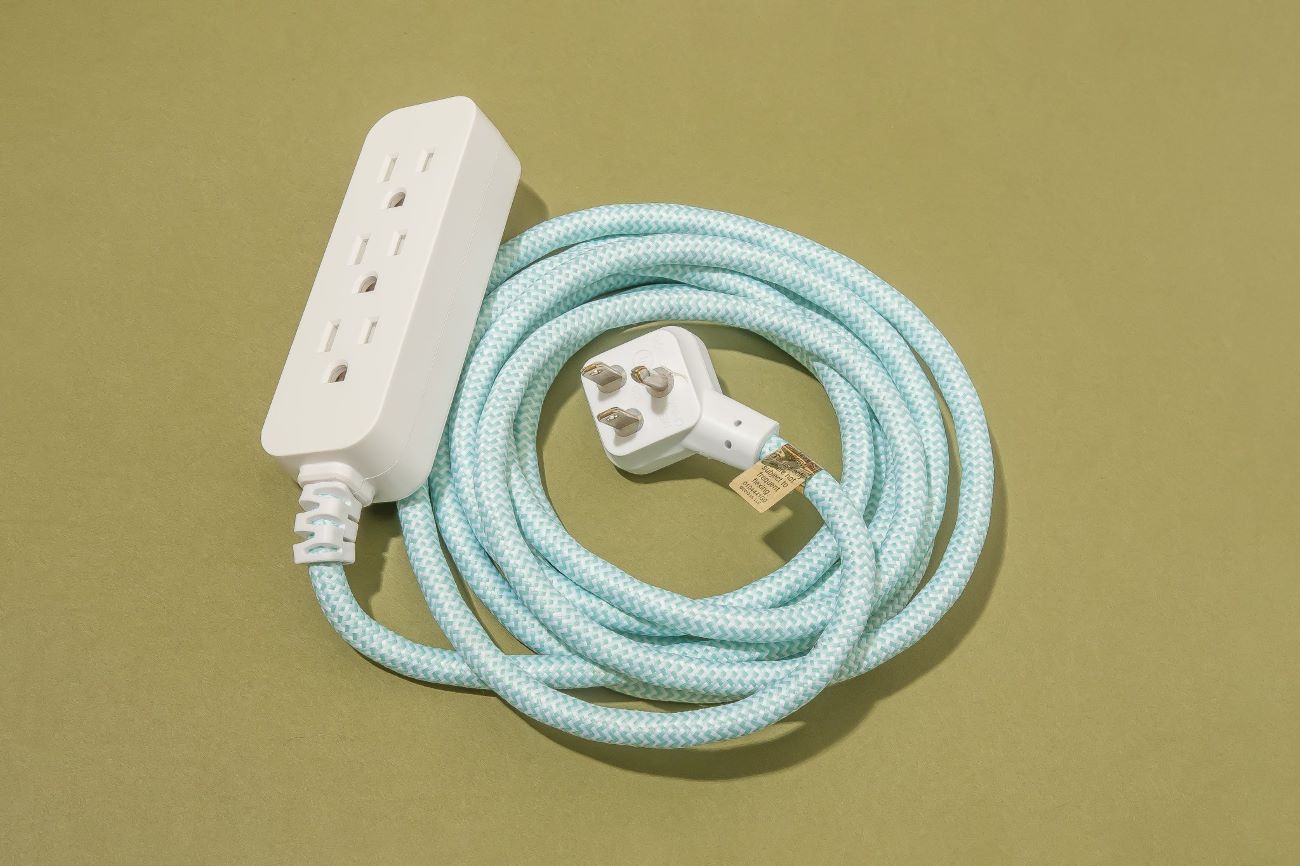
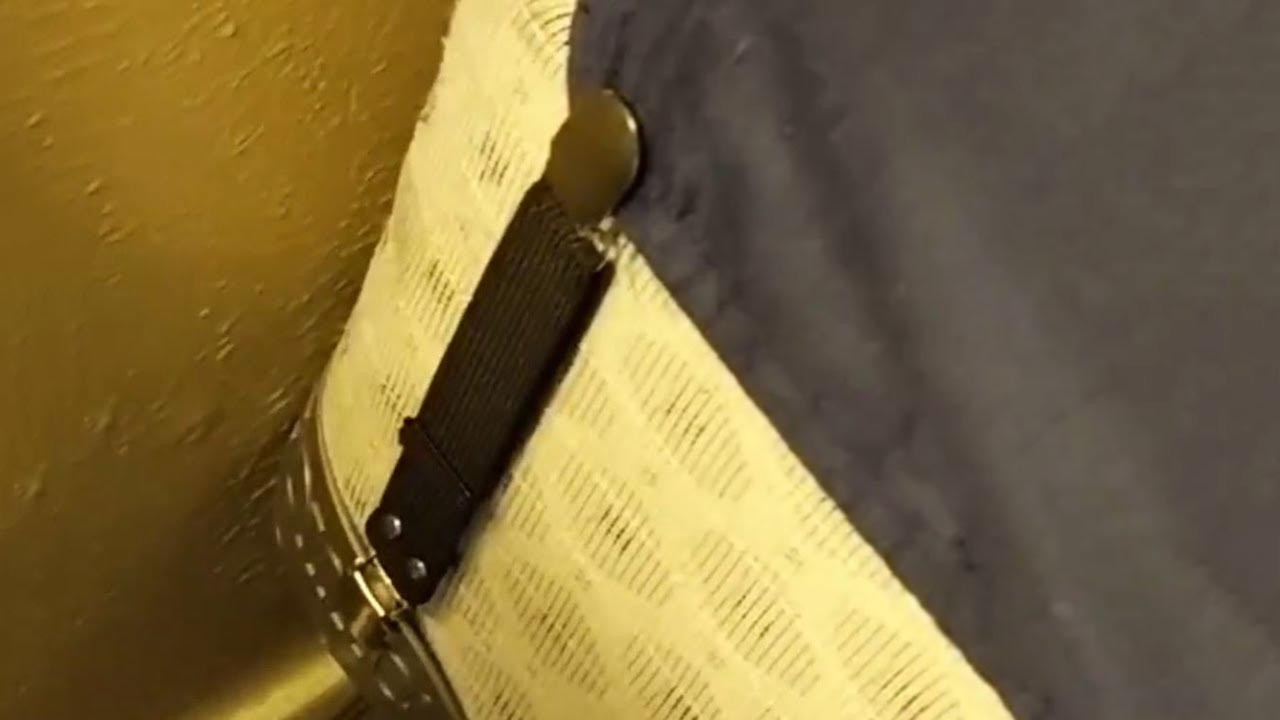
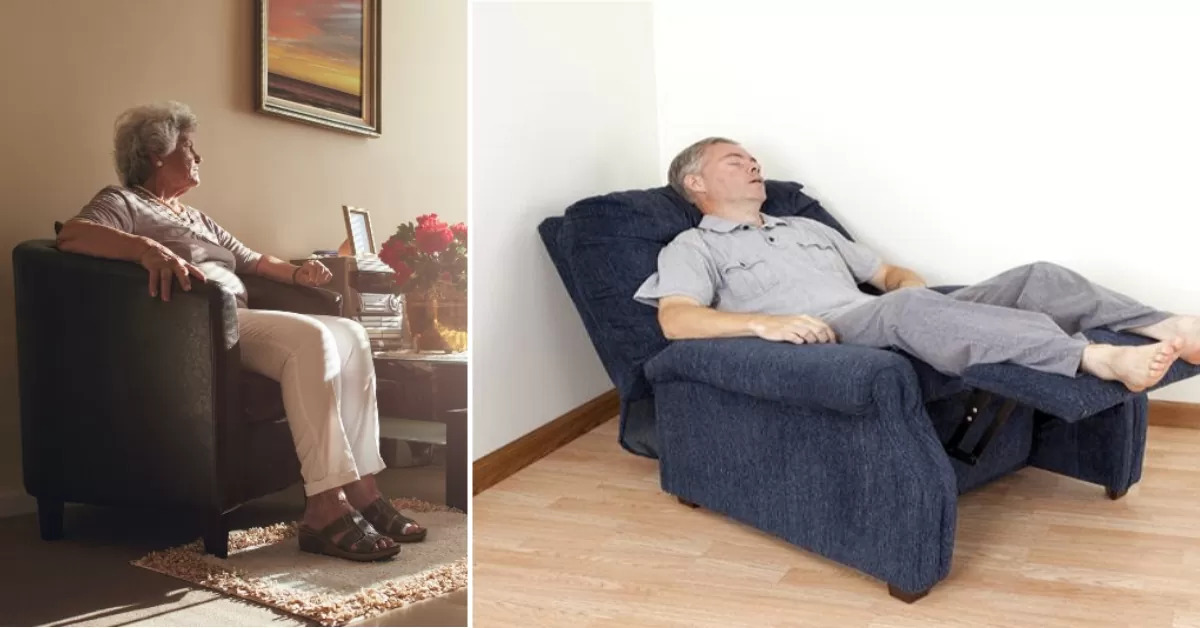
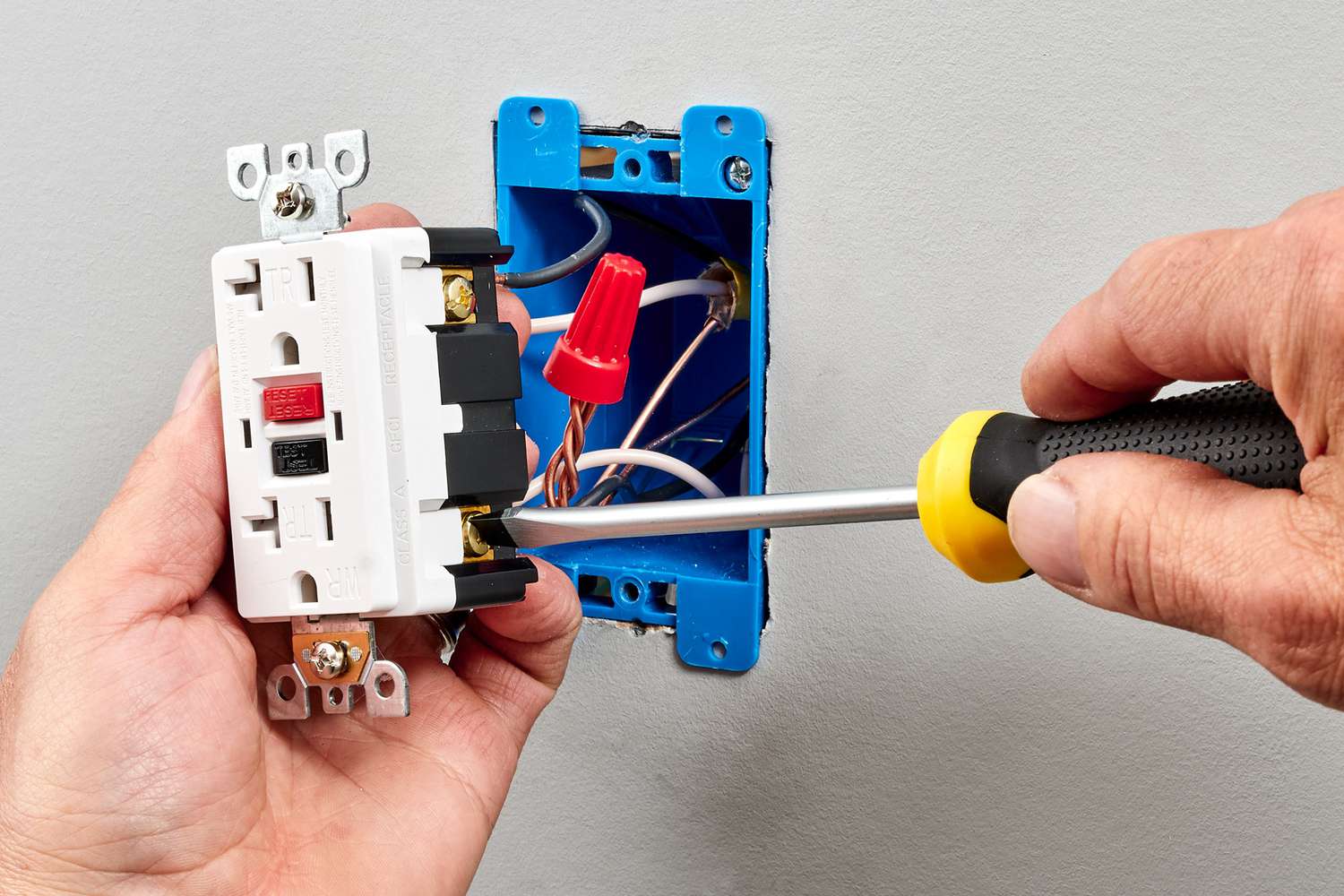
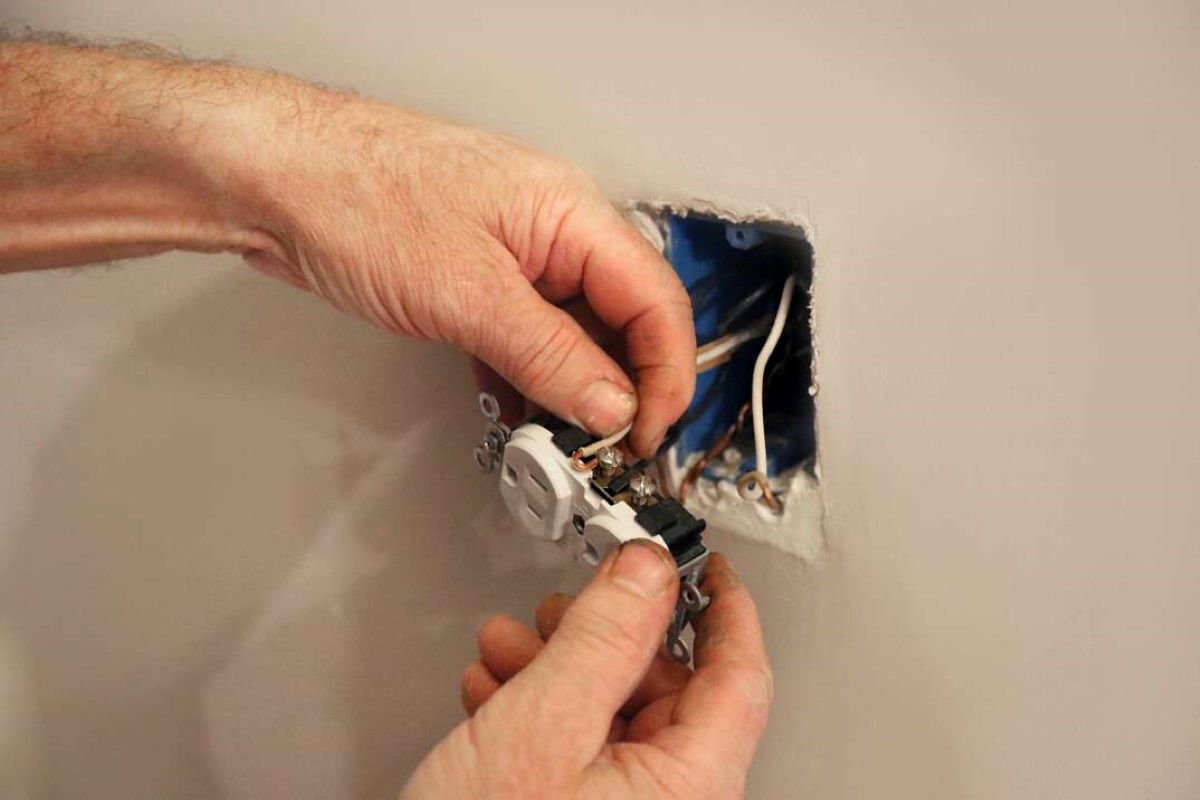
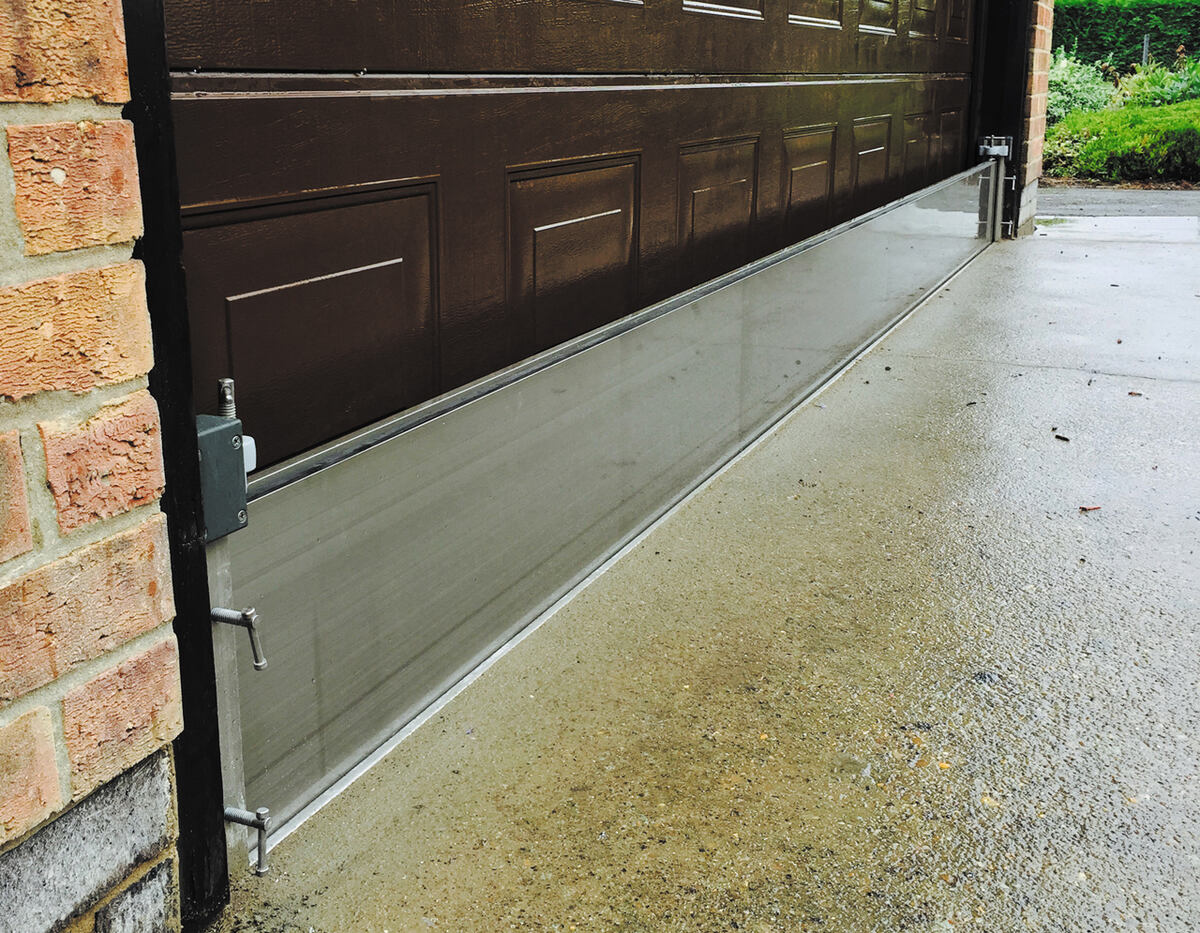
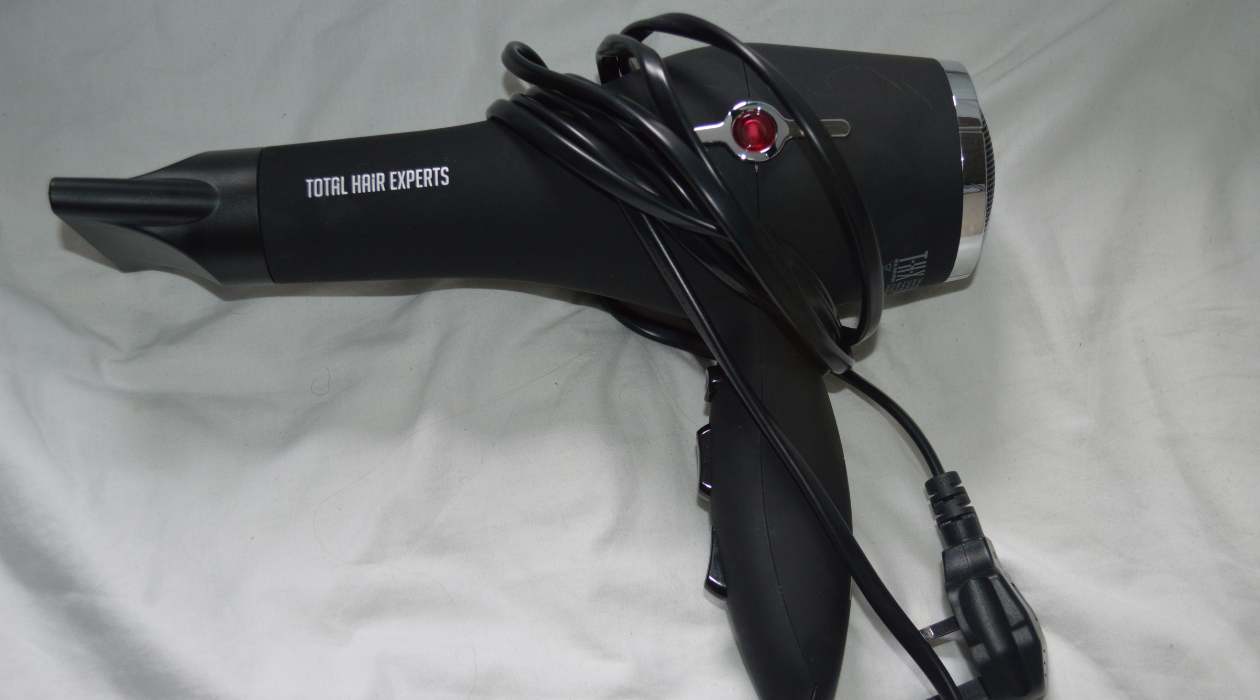
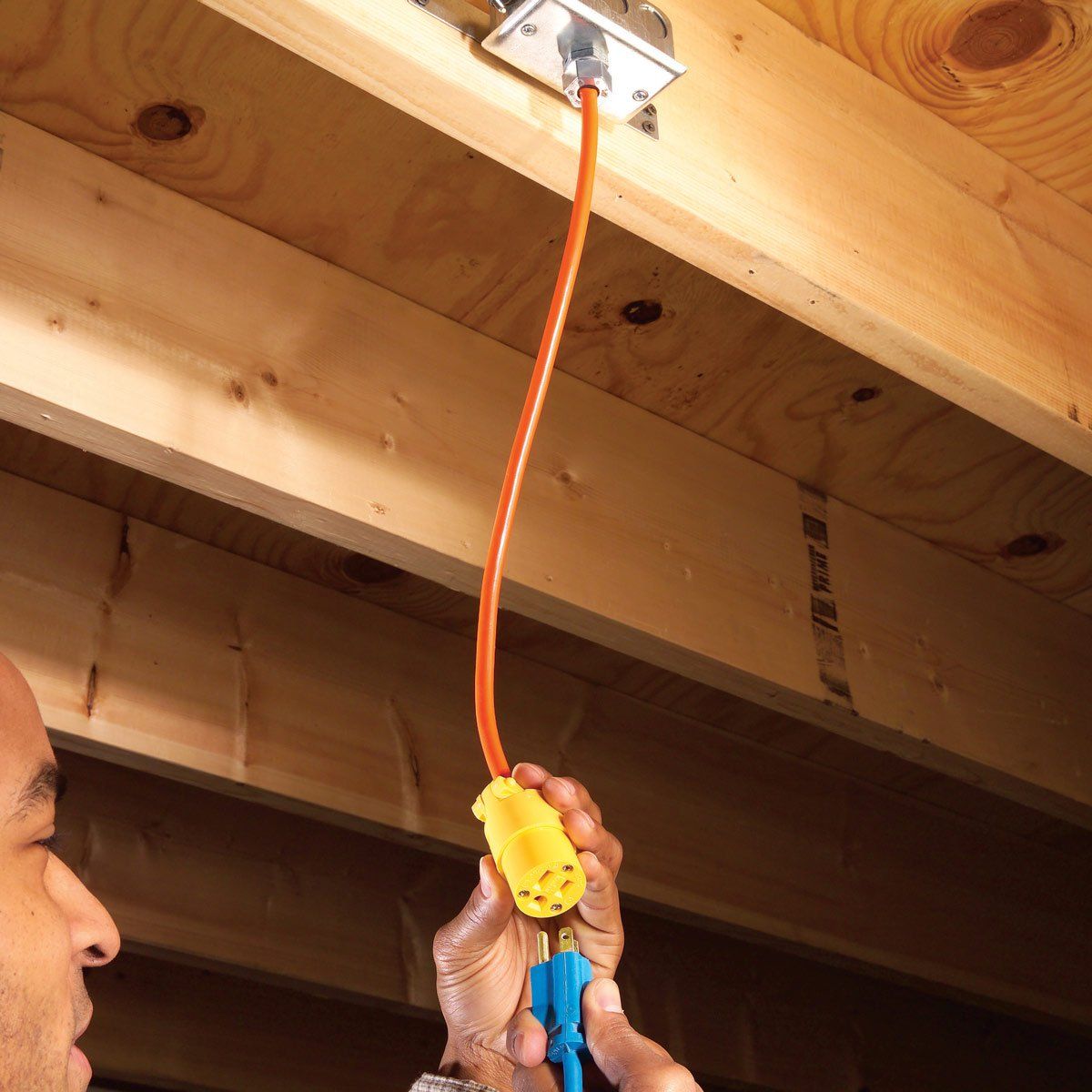
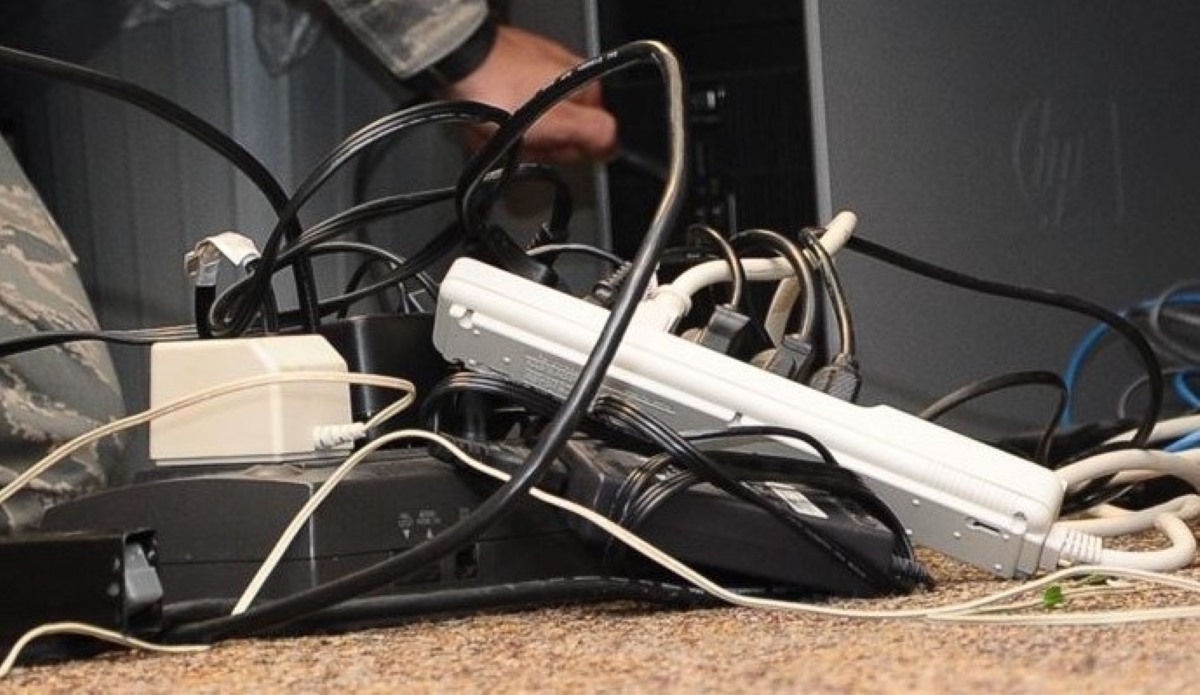


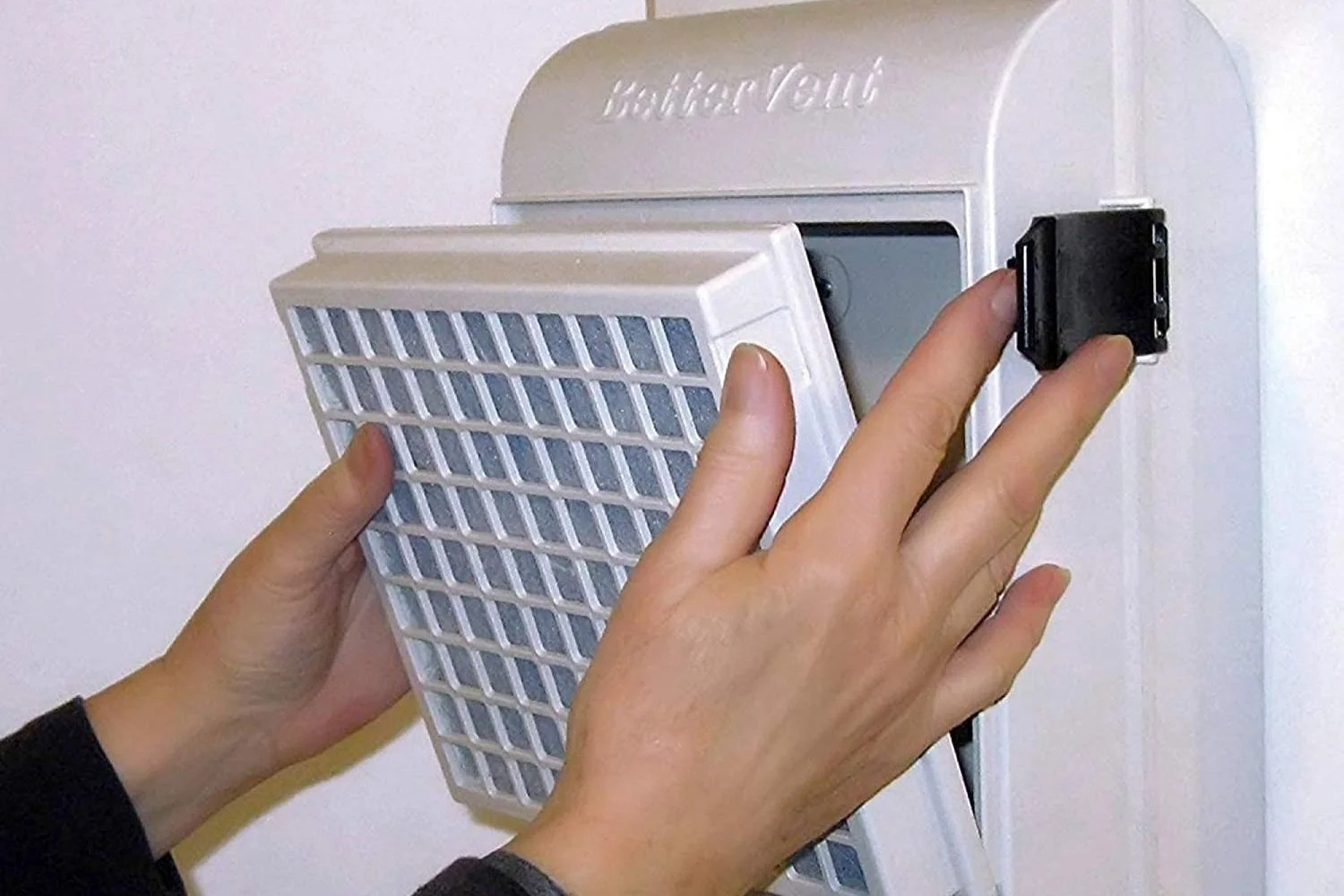
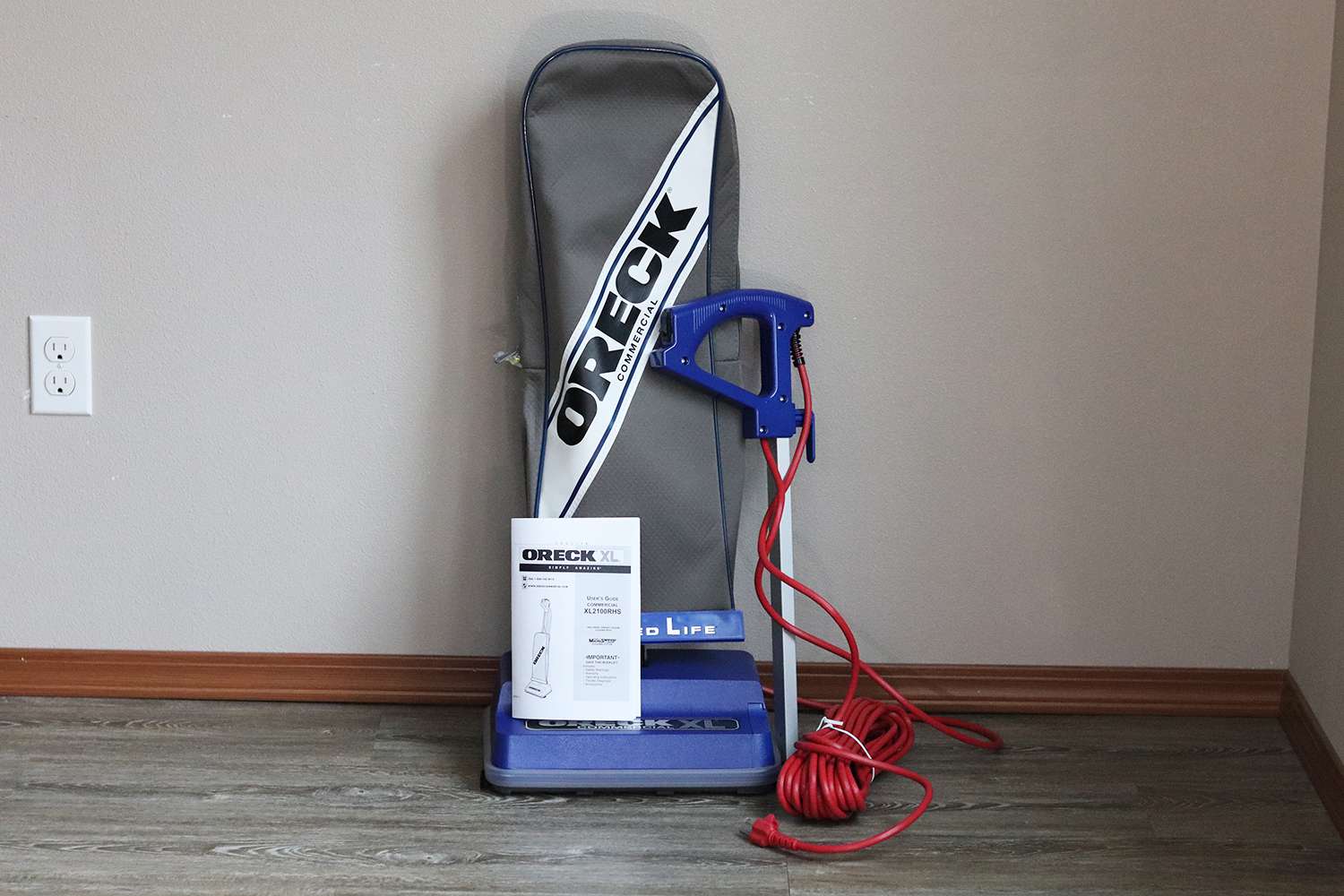


0 thoughts on “How To Keep An Electrical Cord From Coming Out Of The Outlet”